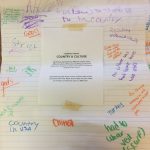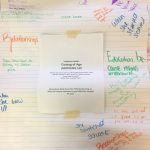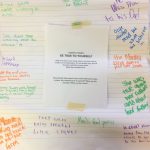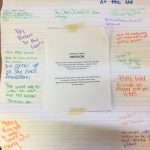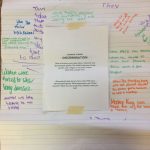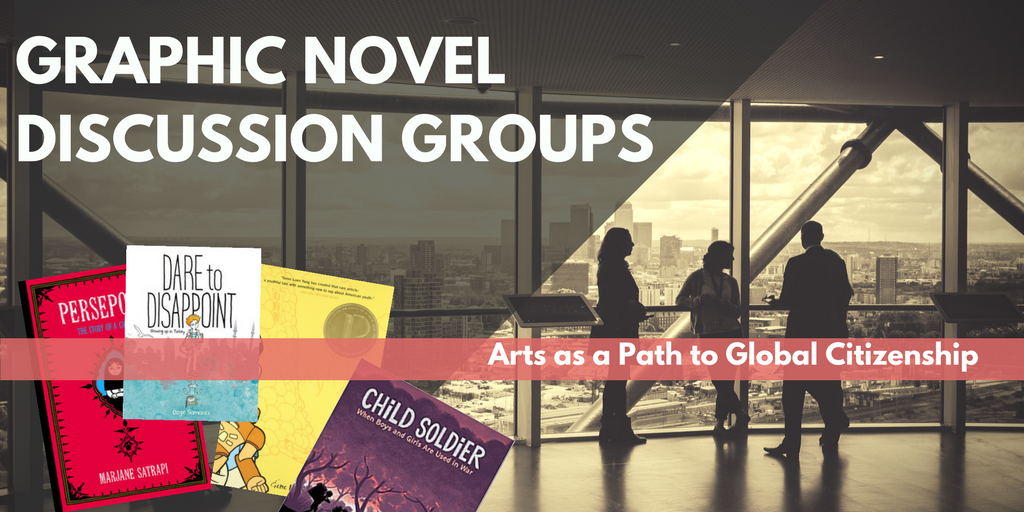
AG&C: Week 6/7 – Discussion Groups
Wrapping up the Graphic Novel unit we had a lot to celebrate and a lot to reflect on. It was really a new experience for me as a teacher as I had never ran such in depth lit-circles before. The students all enjoyed the novels immensely but the discussion and reflection pieces left me wanting more. Luckily, there’s no limit to how many times I can teach this course and I hope to improve on these units and projects with each new iteration!
![]()
What is an Action Research Project?: [https://asoundmind.edublogs.org/2018/01/20/agc-what-is-an-action-research-project/]
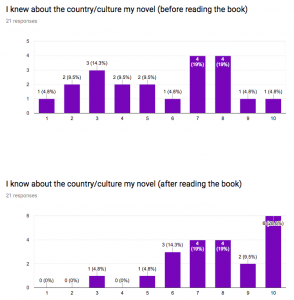 The Great:
The Great:
- Students loved the novels. Almost all students read their own (several didn’t finish) However, about a quarter of the students actually elected to read a second novel. Furthermore, I’m helping a few student research graphic novels for them to checkout on their own from their local library.
- Students learned more about their characters’ countries. Whether its Turkey, Iran, China, or the Congo. Students really felt they learned more about the country and culture by reading their novels.
- Empathy, or at least insight and understanding, into the plight of others around the world. Especially from the “Child Soldier” group, students were thankful for the freedoms they had.
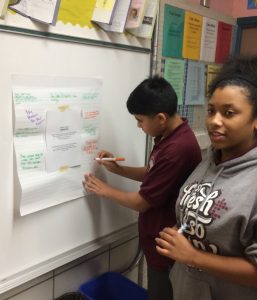 The Good
The Good
- With a few small tweaks, discussion groups became discussion partners, and the quote cards really managed to salvage the activity.
- Public Graffiti activity was very successful, students enjoy whole class active-type reflections.
- Students were able to summarize the events of the novel extremely well, but less able to relate it to Global Citizenship or their own lives.
The Ugly
- Discussion groups were flat. I could not get students out of their shells to discuss the ideas or concepts in the book. Most discussions were limited to the events that happened in the story, but not the themes of the story.
- Students lost their books! I’m still waiting on 4 of the 26 books to be returned!
- Lost momentum – partially out of my control, but President’s Day, a snow day, and parent teacher conferences all contributed to the slight derailment of this unit.
![]()
 Quote Cards
Quote Cards
One significant change I made to the discussion groups was instead of small groups based on text, students were assigned a specific partner from that group. In pairs, students then discussed their prompts (from the discussion guides) and each student was responsible writing down a insightful, memorable, or inspirational quote that their partner said. This gave me a lot of data to work with and allowed me to get discussion quotes without monitoring all 26 students’ conversations. Additionally it helped students remain accountable for the work they needed to do.
Public Graffiti
A fun activity where you have large papers hung around the room with writing prompts on it and students get to walk from location to location answering them by literally writing on the wall. I grouped the discussions around 5 key common themes:
- Country & Culture
- Freedom
- Discrimination
- Coming of Age
- Being True to Yourself
Students would jot down examples from their novels about how it met these common themes. I color coded the markets so I would know who was writing about what novel, but for the students it was still pretty anonymous. I think this anonymity actually helps students participate more, because I had some great responses as you can see, yet when it came time to discuss the same prompts students were pretty quiet. however, I think I learned so much as an instructor about the process, and I will try and work alongside an English/Language Arts teacher next time around to develop even more engaging activities and materials.
